INTRODUCTION

The very first PCIe 5.0 Gen5 M.2 NVMe v2.0 solid state drives with performance levels going all the way up to 13000MB/s may already be here (at least in terms of announcement) but just like with DDR5 RAM compatibility issues and cost are certain to delay their rise in popularity. Honestly even PCIe 4.0 Gen4 M.2 NVMe v1.4 SSD models are nowhere near as popular as PCIe 3.0 Gen3 M.2 NVMe v1.3 ones (again primarily due to motherboard compatibility) so i really believe this alone speaks volumes about the state of the market right now. Still, there's no denying that Gen4 models are gaining ground and so today with me i have yet another such model and probably one that hasn't gotten much attention since its release, the ATOM 50 1TB by XPG.
XPG (XTREME PERFORMANCE GEAR) was established by ADATA to provide high-performance products to gamers, Esports pros, and tech enthusiasts. We are committed to developing products that deliver extreme performance and therefore work closely with the gaming and esports community to gain insight into the real needs of users. We provide a full range of products from systems, components, peripherals to devices, and create them with the highest standards of stability, reliability, and performance in mind. We also develop products with sheer cool designs that have earned us several prestigious international awards, such as iF Design and Good Design. Beyond products, we play an active role in sponsoring and supporting esports events and teams globally to realize extreme gaming experiences at the highest levels.
The ATOM 50 M.2 NVMe v1.4 SSD by XPG is available in 500GB/1TB capacities and is based on the not so popular RainierQX IG5220 DRAM-less NAND flash controller by Innogrit which XPG has paired with Micron's 176-layer 3D TLC NAND flash. The Innogrit RainierQX IG5220 is a quad-channel NAND flash controller that features support for various technologies including the Host Memory Buffer (HMB) architecture (basically takes up a fraction of your PC's system memory to cache mapping tables - only supported on versions of Windows 10/11 launched from 2019 and beyond), end-to-end data protection, Gen3 LDPC (low-density parity check) error-correction with SRAM ECC, programmable RAID, smart cache, TRIM, NCQ, AES 256-bit encryption, SHA3 256, ONFI 5.0 and Toggle 2/3/4/5.0. The above combination of hardware and software/firmware allows the 1TB variant of the ATOM 50 to climb up to 5000MB/s in reads and 4500MB/s in writes whereas in terms of durability XPG reports a TBW (terabytes written) of 650TB for both available models and a MTBF (meantime between failures) of 2.000.000 hours (both are covered by a 5 year limited warranty).
SPECIFICATIONS AND FEATURES

PACKAGING AND CONTENTS
XPG uses a black box to ship the ATOM 50 inside which as expected has a product picture at the front along with their logo, drive capacity and performance.
Some words about the product are printed at the rear in 22 languages, just over performance numbers for this series and contact information for XPG.
Inside the box you'll find an aluminum sticker/heatsink and the ATOM 50.
The ATOM 50 is a single side drive which as you can see still has two NAND flash spots empty (meaning it could also be available with 2TB capacity).
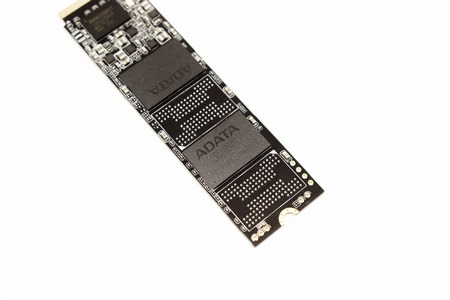
Just a sticker with the serial number and barcode of the drive is located on the other side.
The aluminum sticker/heatsink is glued onto the drive with 3M adhesive tape.
With the sticker/heatsink attached it's time to start testing the ATOM 50 1TB.
TEST BED
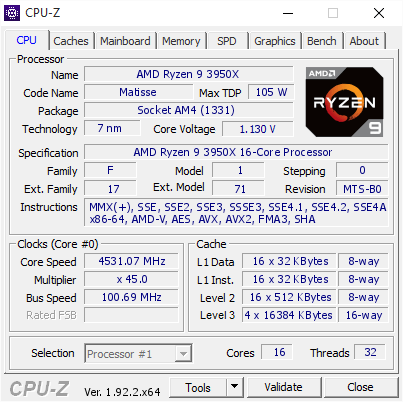

TESTING METHODOLOGY
Not long after I first started testing SSDs back in 2008, I concluded that it's almost impossible for any single benchmark suite to accurately measure their performance and that's why in certain benchmark suites we see amazing read/write performance numbers with some drives while in others things are quite different. The reason behind this is that some benchmarking suites are configured to read and write random chunks of data while others read and write constant (sequential) ones. So that's why i always use a very wide selection of benchmarking suites including AIDA64, HD Tach RW, HD Tune Pro, Crystal Disk Mark, Sisoftware Sandra Pro, AS SSD, IOmeter and ATTO. To get the most accurate results each test gets repeated a total of 6 times with the average performance numbers recorded into the charts*/****. Also, as of February 25th 2015 our results will also include the Storage Networking Industry Association’s (SNIA) IOMeter tests. These tests include a 12 Hour write test used to “simulate” performance degradation over time and a mixed workload test which basically shows what you can expect when using an SSD continuously for roughly two hours. Unfortunately, due to the time required for these tests they get repeated a total of 3 times and not 6 as the above.
Many people have made inquiries about our charts in the past so once again please do keep in mind that the Charts have the average performance numbers of each drive recorded and not the peak (highest) ones. Also, although every single one of these programs can help potential buyers choose the right drive for their needs you should also remember that from any kind of benchmark up to real world usage the gap is not small (and usually most differences will go unnoticed by most people). All tests were performed in a fresh Windows 10 Pro x64 installation complete with every update up to the date of this review.
* Since November 2018 the SSD comparison charts have been divided to 2.5” and M.2 models to reduce their growing size.
** Unless stated otherwise the Ryzen 9 3950x based Test Rig used for M.2 Gen 4 SSD reviews is not located in the lab.
*** As of January 2021 for Gen 3x4 models I’ll be using the Core i9-7980XE test rig (after numerous tests the up to 6% difference in read & write performance compared to the i7-6700 system simply wasn’t enough to justify having an extra test rig around).
**** Since February 2022 M.2 NVMe Gen3 and Gen4 SSD drives are placed in different charts.
TEST RESULTS - AIDA64 / ATTO


TEST RESULTS - HD TACH RW / HD TUNE PRO


TEST RESULTS - SISOFTWARE SANDRA PRO / CRYSTAL DISK MARK


TEST RESULTS - AS SSD / IOMETER
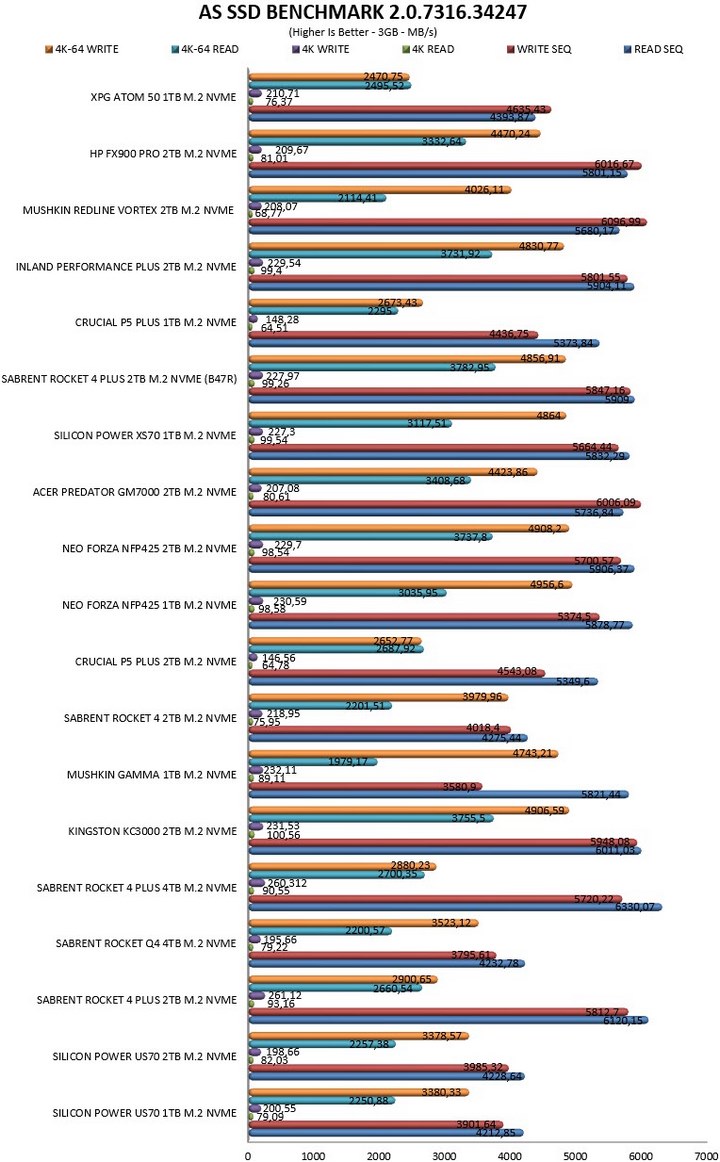
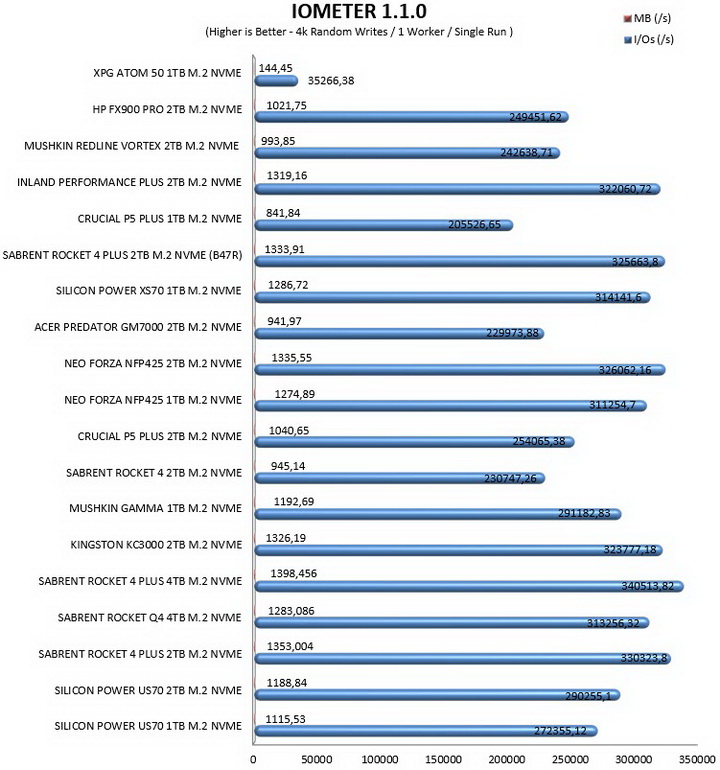
TEST RESULTS - IOMETER SNIA
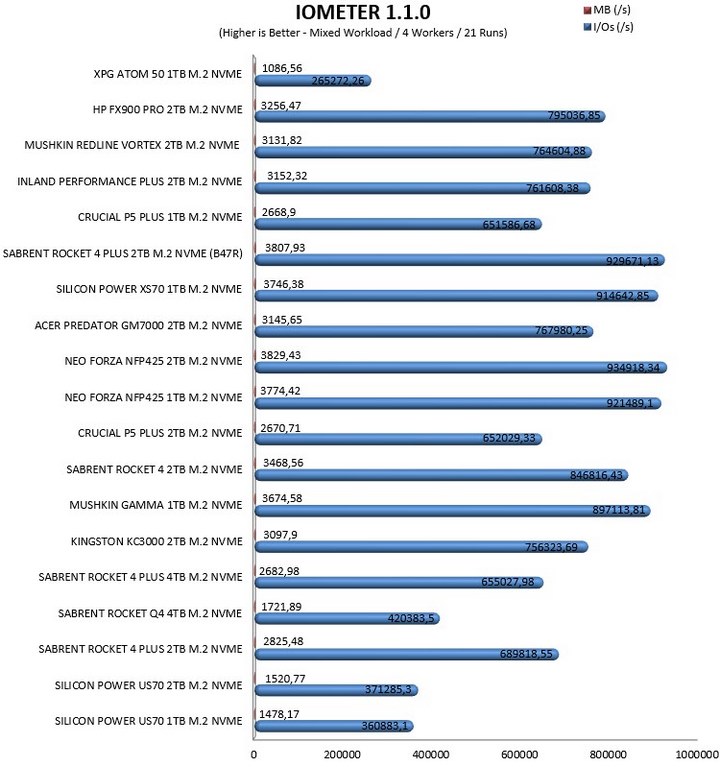
CONCLUSION
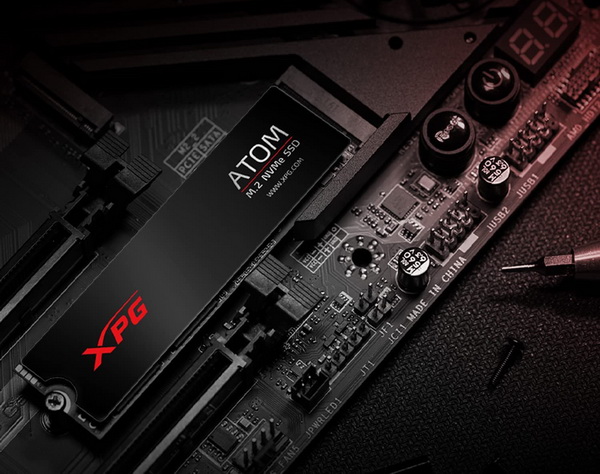
By using a DRAM-less NAND flash controller like the Innogrit IG5220 XPG released an M.2 NVMe SSD that does great under certain scenarios but far from that under others. For example, in many tests this drive almost hit 6000MB/s in reads and 5000MB/s in writes but when it comes to IOMeter performance it really falls back compared to every other PCIe 4.0 Gen4 drive in the charts (and also far too many Gen3 models as well if you decide to check one of my Gen3 SSD reviews). This of course is not something you’ll experience while using the drive on a daily basis (in Windows or while Gaming) but still, for heavy workloads the ATOM 50 by XPG is clearly not the drive I’d go for. On top of that add the lack of higher capacity models and yes, the ATOM 50 isn't aimed towards demanding users.
Cost/price is what it all comes down to and with a current price tag set at USD99.99 inside the USA (Amazon.com) and 124Euros inside the EU (Amazon.de) the ATOM 50 could be doing better, at least on this side of the Atlantic. Overall, the ATOM 50 is a mixed bag, on one hand in most benchmarks it surpasses its advertised performance levels but it pales in comparison to other models when it comes to IOMeter and that could drive away potential buyers. Still if you don’t need an SSD for heavy workloads, 1TB is sufficient and are just looking for an affordable model, I strongly suggest checking it out, it might just surprise you.
PROS
- Good Performance (Up To 5000MB/s Read & 4500MB/s Write)
- Endurance (650TBW)
- 5 Year Limited Warranty
- Price (USA)
CONS
- Overall IOMeter Performance
- Thermal Throttling (During SNIA Tests)
- Only Available In 500GB/1TB Capacities

 O-Sense
O-Sense





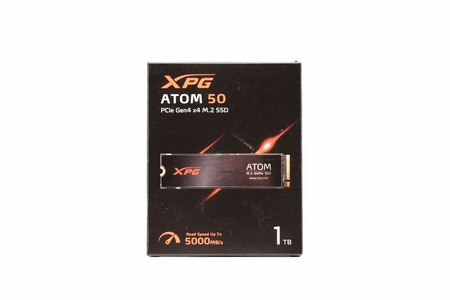
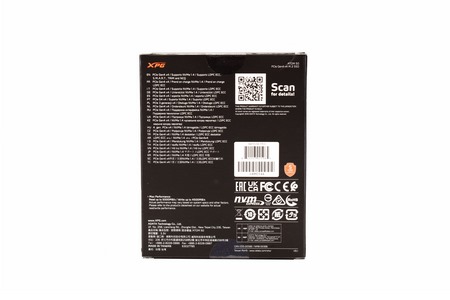
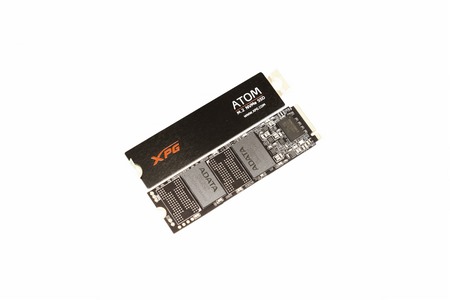
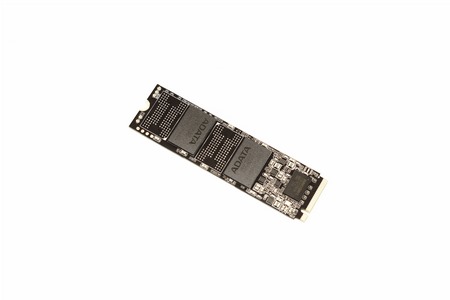
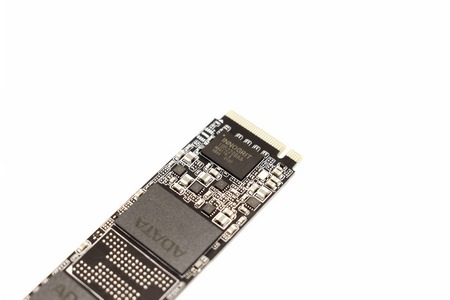
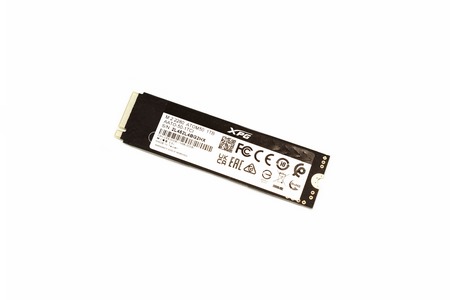
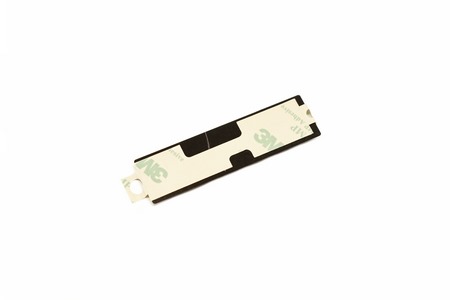
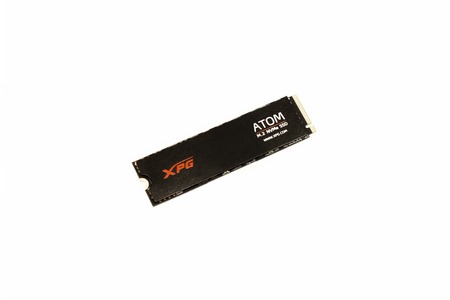
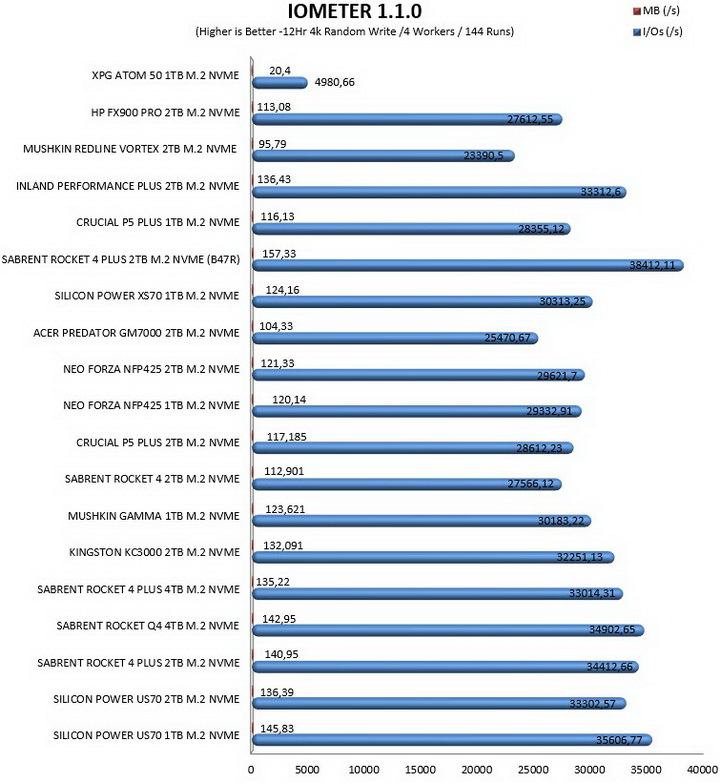
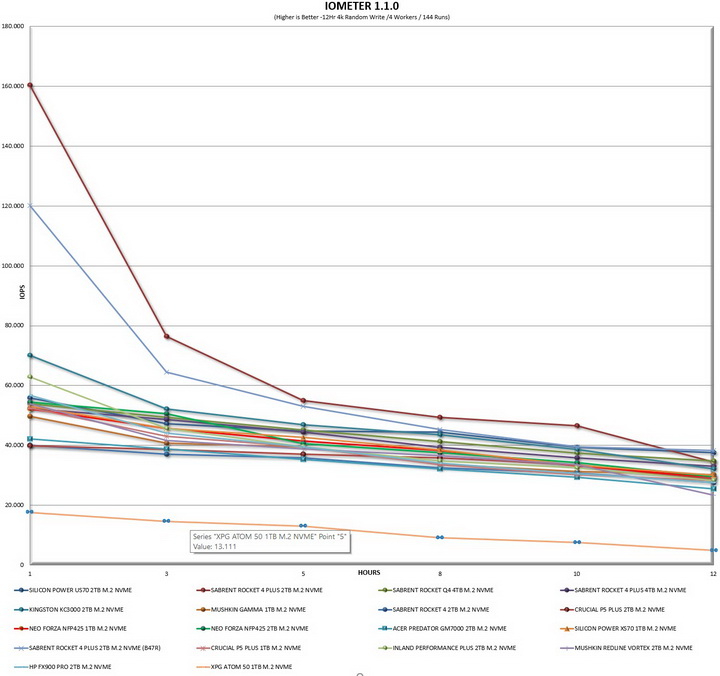


.png)

